Syn.: Passiflora dicthophylla Mast.
Family: Passifloraceae Juss.
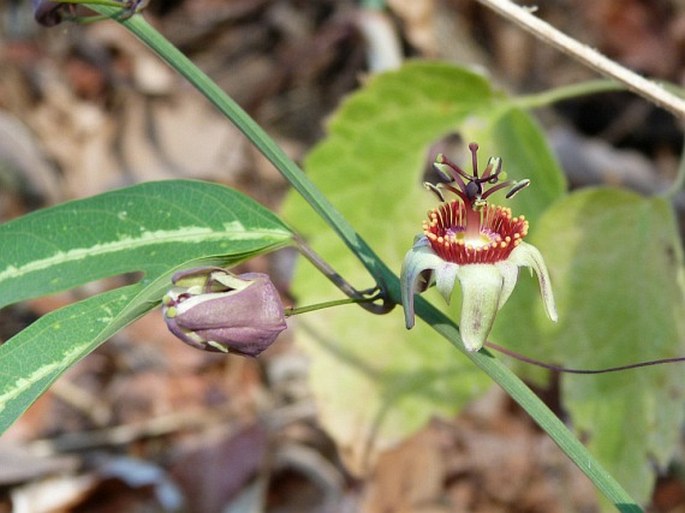
Distribution: Mountains of Central America, from Guatemala to Costa Rica.
Ecology: It grows in seasonally dry forests, thickets in open woodland, at elevations from 1200 to 1900 m asl.
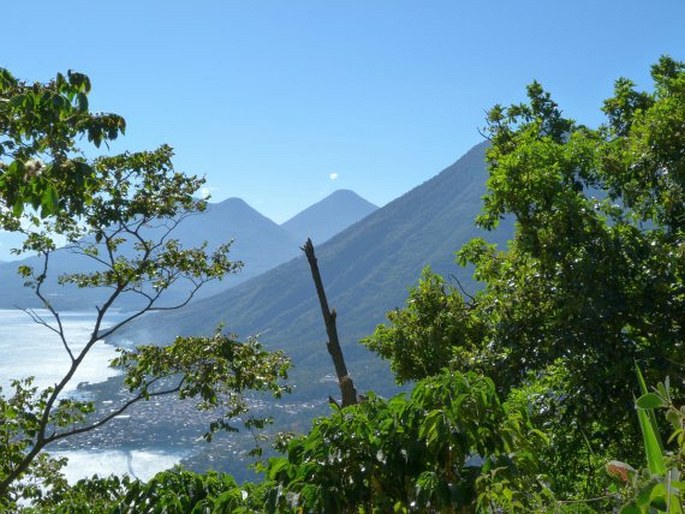
Description: Perennial vines, glabrous. Stem flattened, striate; stipules 3 mm long, deciduous; leaves alternate, petiolate, petioles 1.5–2.5 cm long, leaves bilobed to below middle, often nearly to base, cuneate at base, lobes linear to ovate, 3–10 cm long and 0.5–2 cm wide, acute or obtuse, dark green with a pale streak along the midnerve above, paler or somewhat glaucous beneath. Peduncles in pairs, 1–2 cm long; bracts setaceous, about 1.5 mm long; flowers about 1.5 cm wide, pentamerous; sepals oblong, 7–8 mm long and 4 mm wide, obtuse, petals linear, 5 mm long and 2.5 mm wide, white, corona filaments in a single series, linear-clavate, only 2 mm long, operculum membranous, 1.5 mm high, closely plicate, fimbrillate, limen annular, fleshy; ovary globose. The fruit is a globose berry, 6–8 mm in diameter, purple.
Note: The genus Passiflora contains about 520 species, which occur mainly in tropical America and tropical Asia.
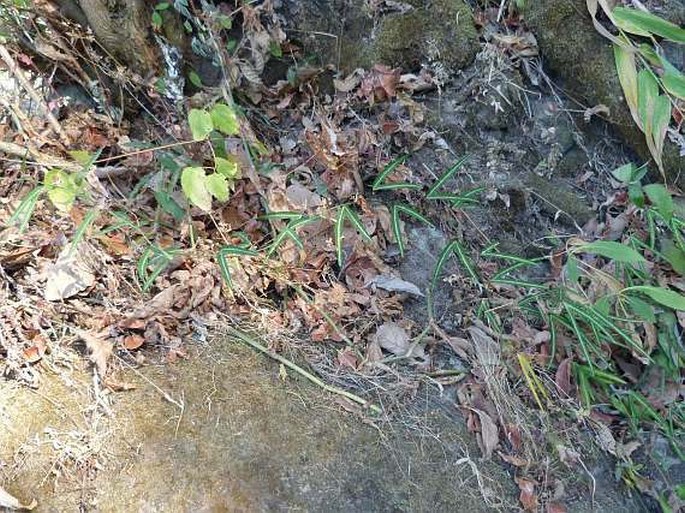
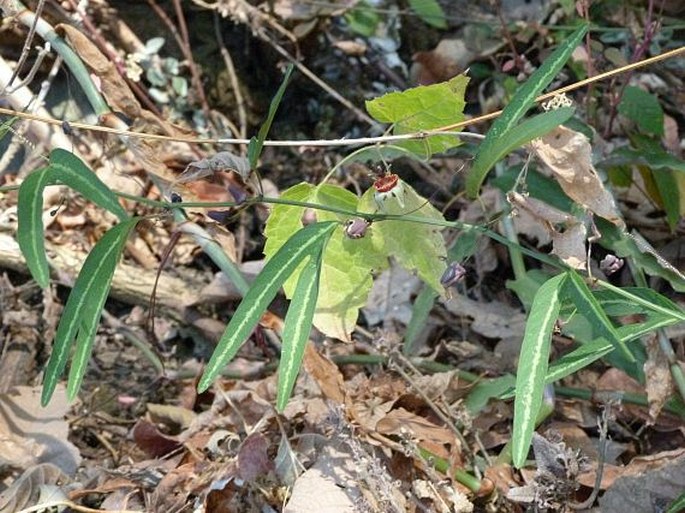
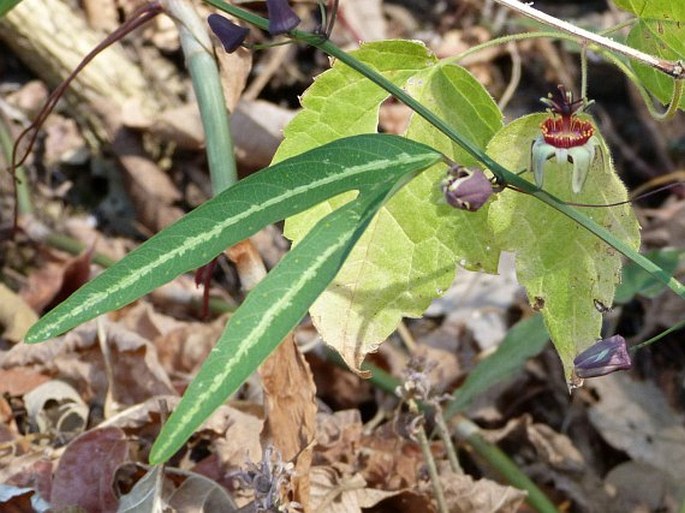
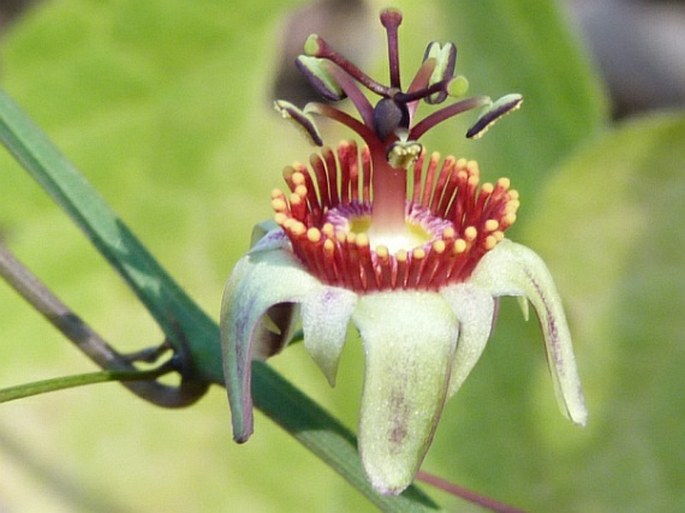
These images were taken in Guatemala, La Nariz del Indio (by Jindřiška Vančurová, February 3, 2015). We thank to Mr. John MacDougal for his help with identifying the species.


